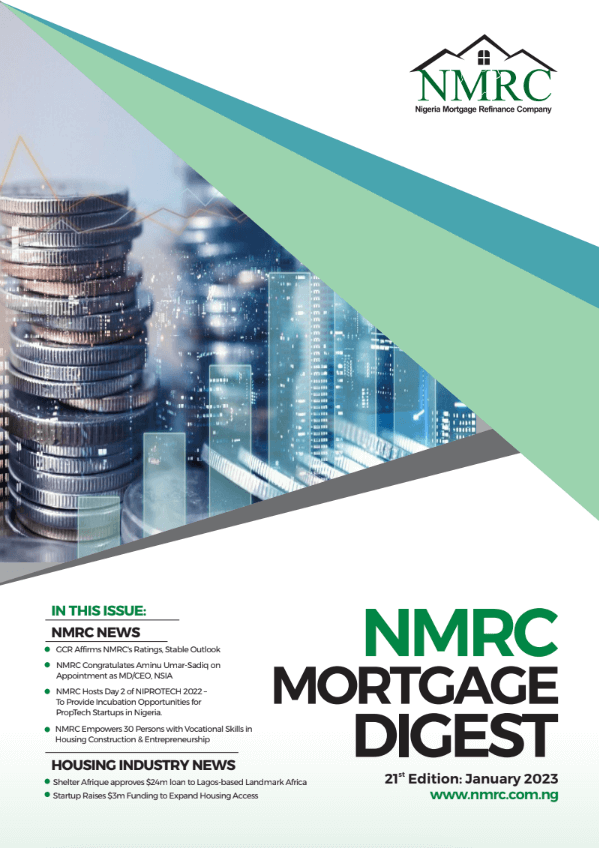Amortization is the process of paying off debt with regular payments made over time. The fixed payments cover both the principal and the interest on the account, with the interest charges becoming smaller and smaller over the payment schedule.
When referring to mortgages, amortization happens every time a payment is made. The payment covers two parts: the interest and the principal, and if the payment is a fixed rate it will always be the same sum of these two parts. The interest rate is calculated as a percentage of what’s left of the principal and could be influenced by the borrower’s credit; the principal is the amount borrowed from the lender, and the principal fewer payments against it are called the balance.
In most mortgages, the amount paid each month in interest progressively decreases, while simultaneously the amount owed on the principal progressively increases until payments against the principal are higher than those against interest. The rate at which the balance decreases is called an amortization schedule.
The payment schedule of the loan, or term, determines how quickly it amortizes each month, with payments divided into equal amounts over the life of the loan. While borrowers pay more each month with a 5-year loan, they’ll end up paying less overall than they would if paying the same loan over 20 years.
Amortization also refers to the practice of spreading out business expenses over the course of years, as opposed to paying them off all at once. This allows the business to soften the blow of expenses by showing one large expense as a series of smaller ones over a period of time.























